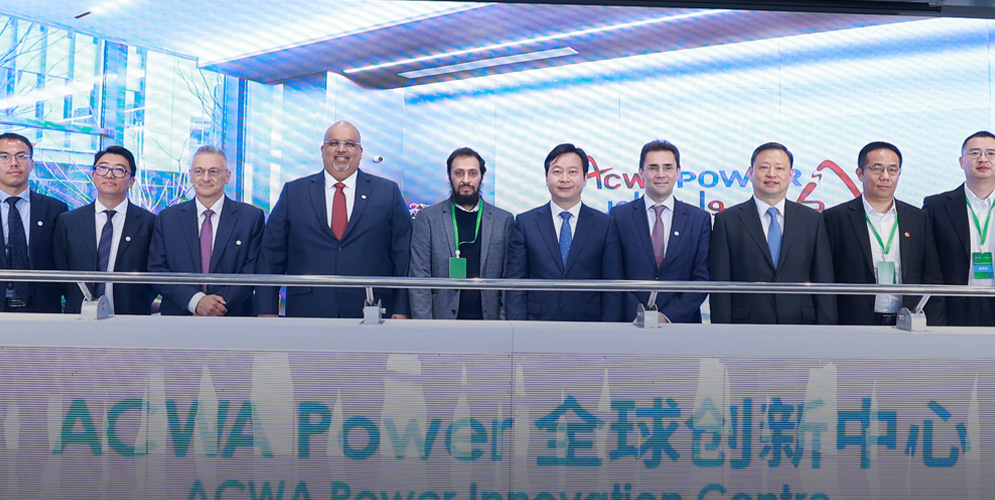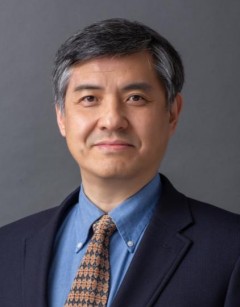搜索



Hong WANG
Chair Professor
Email address:hongwang2@sjtu.edu.cn
EDUCATION
WORKING EXPERIENCE
RESEARCH
HONORS AND AWARDS
PUBLICATIONS
1980–1984 Peking University Bachelor's Degree
1986–1989 University of Illinois at Urbana-Champaign Master's Degree
1989–1994 University of Illinois at Urbana-Champaign Ph.D.
1993–1994 City University of New York, College of Staten Island, Department of Applied Science, Adjunct Lecturer
1994–1997 Materials Research Corp. (subsidiary of SONY), Senior Engineer
1997–1999 Plasmaco Inc. (subsidiary of Panasonic), Senior R&D Engineer
1999–2009 Guardian Industries Corporation, Science and Technology Center, Principal Materials Scientist
2010–2020 China Building Materials Academy, Professor, Doctoral Supervisor;
State Key Laboratory of Green Building Materials, Deputy Director;
National Glass Processing Engineering Technology Research Center, Chief Scientist;
Beijing Key Laboratory of Building Energy Efficiency and Solar Glass Processing Technology, Director
2015–Present Shanghai Jiao Tong University, “Zhiyuan”Chair Professor; Materials Genome Initiative Center, Director,
Suzhou Laboratory, Adjunct Senior Research Fellow
Materials genome engineering theory, data standard system, materials informatics, data-driven materials innovation infrastructure, high-throughput material preparation and characterization technology
Functional thin film materials, new information storage materials, alloy phase transformation and amorphization
2019 Building Materials Science and Technology Award: First Prize of Scientific and Technological Advances
Du H, Hui J*, Wang H*, et al. DenseGNN: universal and scalable deeper graph neural networks for high-performance property prediction in crystals and molecules. npj Comput Mater 10, 292 (2024). DOI: 10.1038/s41524-024-01444-x.
Dong H, Zhang P, Qin M, Wang, H*, et al. Quantitative understanding of the initial stage of liquid to crystalline or amorphous phase transitions. The Innovation Materials 2(3): 100086(2024). DOI: 10.59717/j.xinn-mater.2024.100086.
Hui J, Hu Q, Wang, H* et al. High-throughput Study of Amorphous Stability and Optical Properties of Superlattice-like Ge-Sb-Te Thin Films[J]. Small, 2307792(2023). DOI: 10.1002/smll.202307792.
Hui J, Hu Q, Zhuang G, Wang, H*, et al. Synchrotron X-Ray-Driven Nitrogen Reduction on an AgCu Thin Film[J]. Small, 2202720(2022). DOI: 10.1002/smll.202202720.
Hui J, Hu Q, Zhang H, Wang, H*, et al. High-throughput investigation of structural evolution upon solid-state in Cu–Cr–Co combinatorial multilayer thin-film. Materials & Design, 215: 110455(2022). DOI: 10.1016/j.matdes.2022.110455.
Wang H, X.-D. Xiang, L Zhang, On the Data-Driven Materials Innovation Infrastructure, Engineering, 6, 609-611 (2020). DOI: 10.1016/ j.eng.2020.04.004.
Wang H, X.-D. Xiang, L Zhang, Data + artificial intelligence is the core of materials genetic engineering. Science & Technology Review , 36(14):15–21(2018) .DOI: 10.3981/j.issn.1000-7857.2018.14.003.
Wang H, Xiang Y, X.-D. Xiang, Chen L. Materials Genome: A New Model for Materials R&D. Science & Technology Review, 33(10):13–9(2015). DOI: 10.3981/j.issn.1000-7857.2015.10.001.
Xiang X-D, H. Wang* et al., Individualized Pixel Synthesis and Characterization of Combinatorial Materials Chips. Engineering, 1, 225-233,(2015). DOI: 10.15302/J-ENG-2015041.






 Address:No.1308 Keyuan Road, Pudong District, Shanghai
Address:No.1308 Keyuan Road, Pudong District, Shanghai Phone:86-21-54740000
Phone:86-21-54740000 E-mail:zias@sjtu.edu.cn
E-mail:zias@sjtu.edu.cn